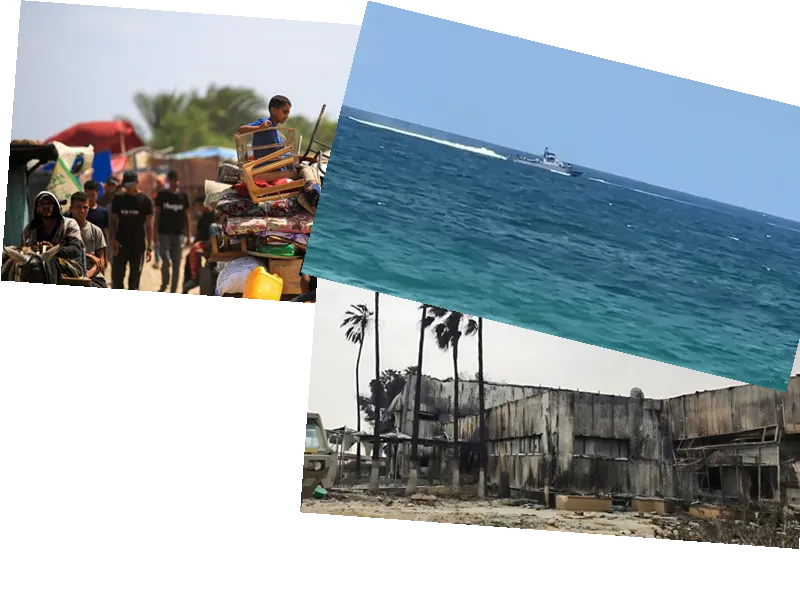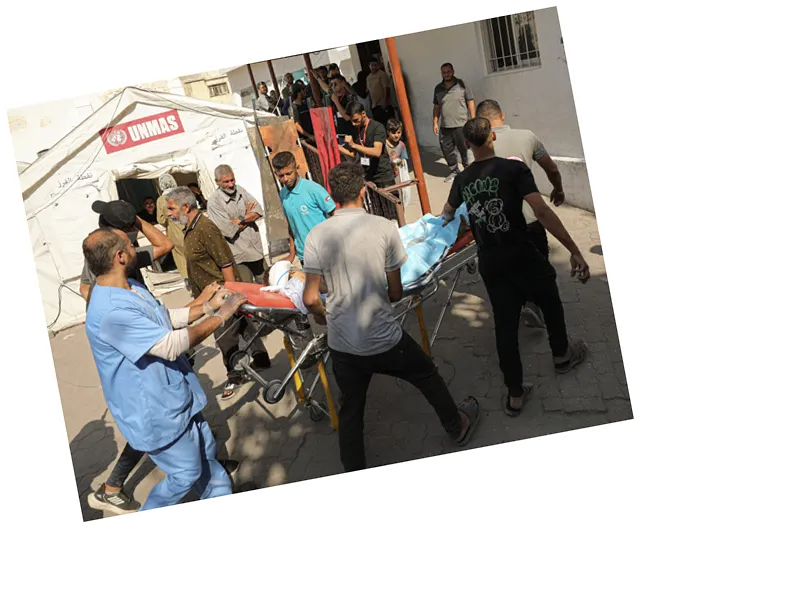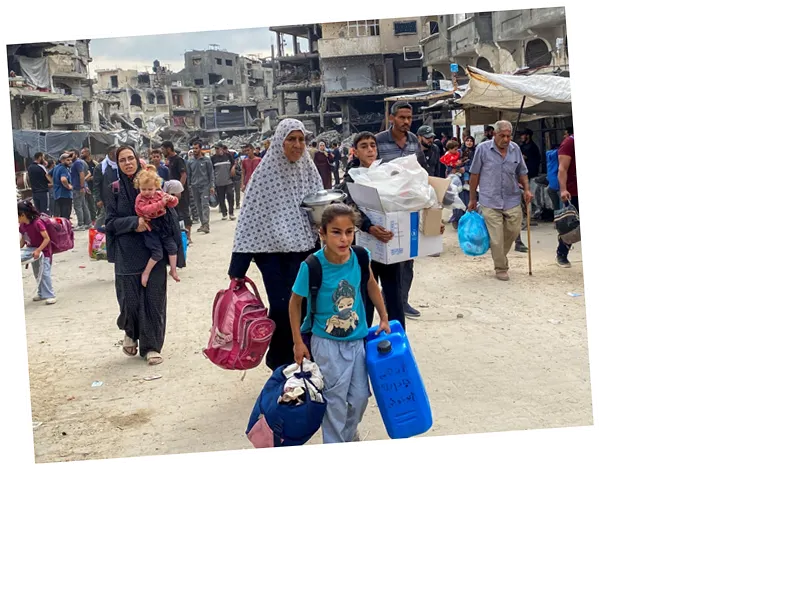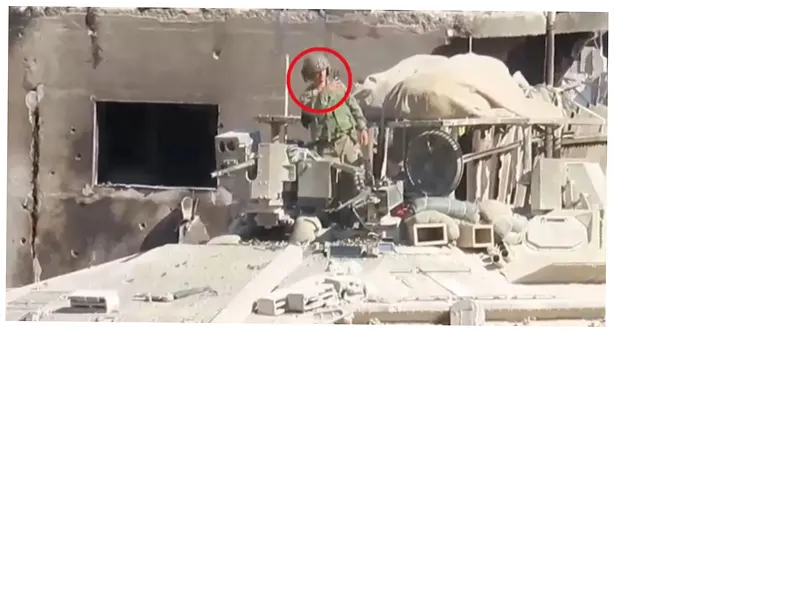Israeli Army Orders New Evacuations in Gaza Amid Escalating Conflict
The Israeli army has issued a new evacuation order for areas within the Khan Younes and Rafah governorates in the southern Gaza Strip. This directive affects localities such as al-Qarara and Bani Suheila, forcing many residents to flee once again. The evacuation comes in the wake of intensified fighting and the firing of 20 projectiles towards Israel from the Khan Younes region. The al-Quds brigades, the armed wing of Islamic Jihad, claimed responsibility for the attacks, stating they targeted Israeli localities around Gaza.
The ongoing conflict, which began on October 7 with an attack by the Palestinian Islamist movement Hamas on Israeli soil, has resulted in significant casualties. The Israeli army's subsequent large-scale offensive in Gaza has caused the deaths of 37,900 Palestinians, mostly civilians, according to the Gaza Health Ministry. The Israeli military has gradually advanced southwards in the Gaza Strip, aiming to dismantle Hamas's infrastructure. On May 7, the army launched an operation in Rafah to eliminate what it described as the last Hamas battalions.
Rafah Border Crossing and Buffer Zone Developments
In related developments, Israeli Channel 12 reported that the Israeli army plans to rebuild the Rafah border crossing between Gaza and Egypt near the Kerem Shalom crossing. This new location will involve cooperation between Israel, Egypt, the Palestinians, and the United States. The army also intends to expand the buffer zone along the Philadelphia axis to destroy tunnels and prevent smuggling operations. This buffer zone aims to preserve the Israeli army's freedom of action against tunnels leading to Egypt.
The Rafah border crossing, which was heavily damaged by Israeli forces, is no longer usable. The Israeli army took control of the crossing on May 7, one day after announcing a military operation in Rafah. The Philadelphia axis, a border strip between Egypt and Gaza, came under Israeli control on June 7. This area, initially governed by the Camp David Accords and later modified by the Philadelphia Agreement, has been a focal point of Israeli military operations.
The conflict has seen continuous bombing and clashes, particularly in areas like Shuja'iya. Israeli forces have engaged in over 40 confrontations with the Al-Qassam Brigades, Hamas's military wing, resulting in casualties on both sides. The ongoing war has caused widespread destruction and a worsening humanitarian crisis in Gaza, with over 37,834 Palestinians killed and 86,000 injured.
- The situation in Gaza remains dire as the conflict shows no signs of abating. The repeated evacuations and continuous bombardment have left the population in a state of constant fear and uncertainty. The international community has called for restraint and a ceasefire, but efforts to broker peace have so far been unsuccessful.
- The destruction of vital infrastructure and residential areas has exacerbated the humanitarian crisis in Gaza. Access to basic necessities such as food, water, and medical care is severely limited, and the ongoing blockade has only worsened the situation. Humanitarian organizations are struggling to provide aid to those in need amidst the relentless violence.
- The rebuilding of the Rafah border crossing and the expansion of the buffer zone are seen as strategic moves by the Israeli army to maintain control over the region. However, these measures have also been criticized for further isolating Gaza and restricting the movement of its residents. The long-term impact of these developments on the peace process remains to be seen.






